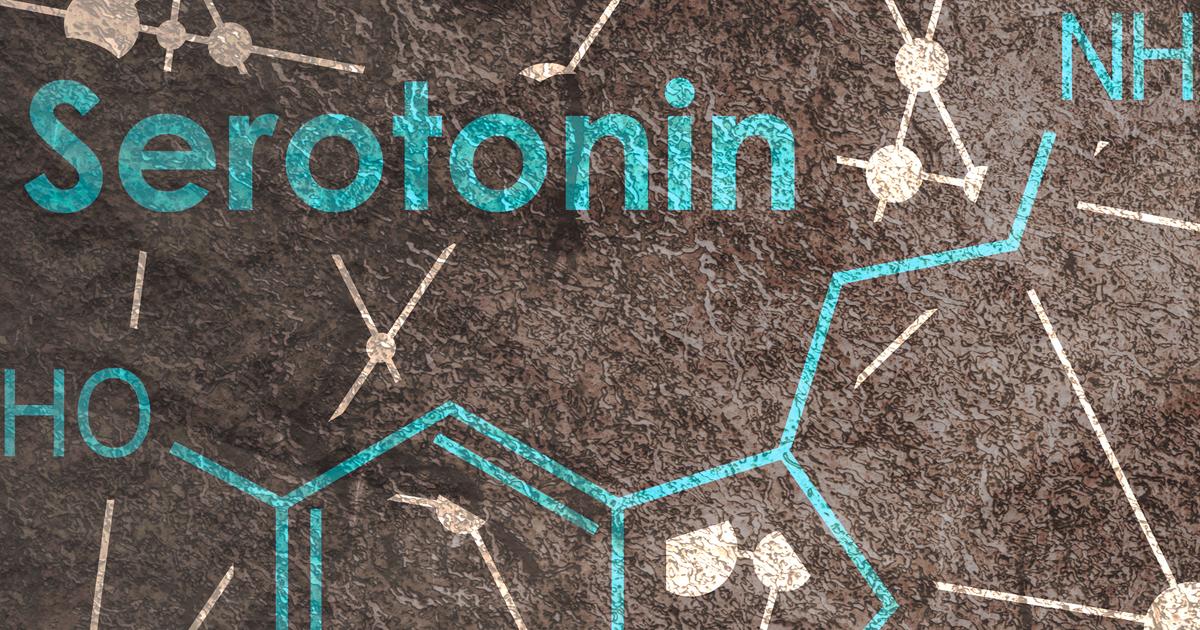Overview Of Trazodone
Trazodone is a prescription antidepressant that belongs to a class of medicines known as serotonin modulators. This medication has been on the market since 1981 and is approved for the treatment of major depressive disorder in adults. Doctors also frequently prescribe it 'off-label' for insomnia and anxiety. Before prescribing trazodone, doctors will need to know if the patient has a history of mental health issues, heart disease, cancer, anemia, or liver or kidney issues. The patient should also inform their healthcare provider about any personal or family history of suicidal thoughts or actions.
The major uses, side effects, precautions, and medication interactions associated with trazodone are outlined below.
How It Works
Serotonin modulators like trazodone work by moderating the level of serotonin in the brain. Specifically, the medications block the reuptake of serotonin while also modulating one or more of the brain's serotonin receptors. Scientists have identified at least fifteen different serotonin receptor subtypes, and they believe serotonin modulators may be more beneficial than selective serotonin reuptake inhibitors for certain patients with depression. This is because some serotonin receptors only play a minor role in the regulation of the patient's mood. Additionally, many serotonin modulators target a serotonin receptor known as 5-HT3. This receptor regulates the gastrointestinal tract, nausea, and vomiting, and patients who take serotonin modulators may experience fewer gastrointestinal side effects.
Read more about the uses and benefits of trazodone next.
Trazodone Uses And Benefits

Trazodone is used primarily as a treatment for major depression. In addition to this approved use, physicians may consider prescribing trazodone for the treatment of insomnia and other sleep issues. In a 2014 study, researchers found the medication to be particularly effective for the treatment of nighttime sleep disturbances in patients with Alzheimer's disease. The medication might be used off-label to treat bulimia, fibromyalgia, schizophrenia, chronic pain, and diabetic neuropathy as well. It is often beneficial for patients with anxiety disorders, and doctors may also prescribe trazodone off-label to ease the symptoms of central nervous system degenerative diseases. It can reduce uncontrolled movements that develop as a side effect of other medicines, and some patients take it during recovery from alcohol or benzodiazepine dependence.
Get familiar with the side effects linked to trazodone next.
